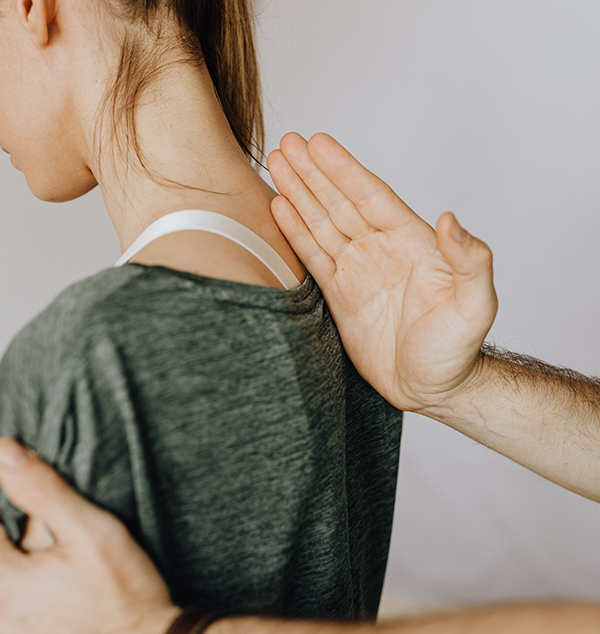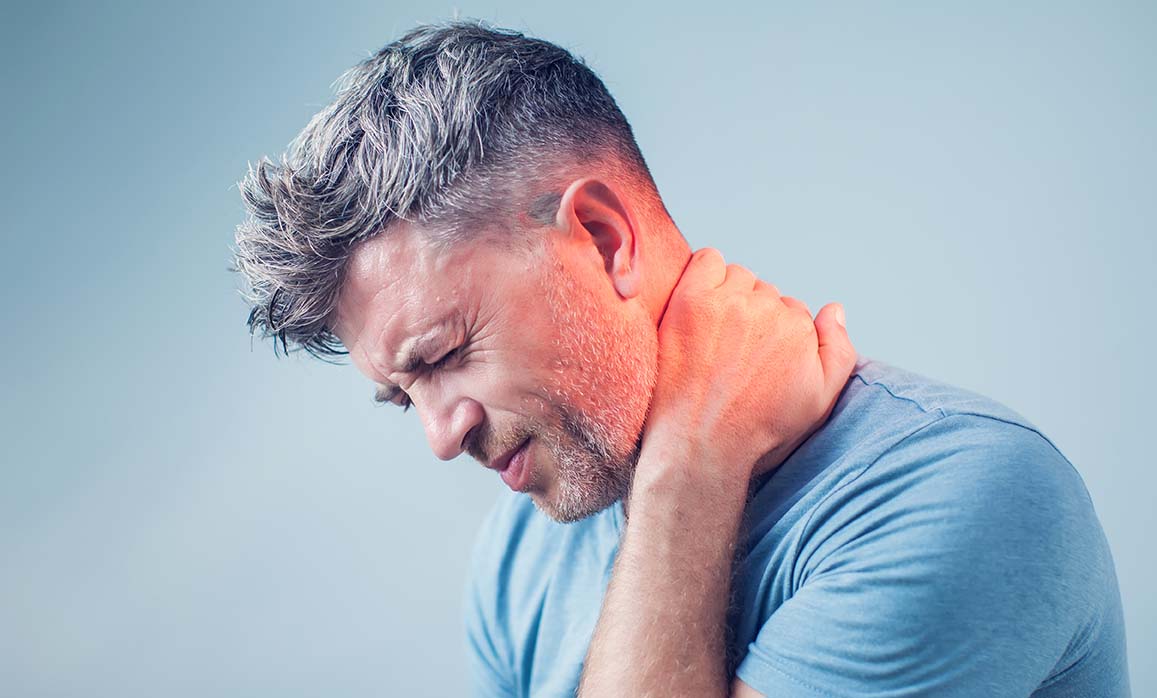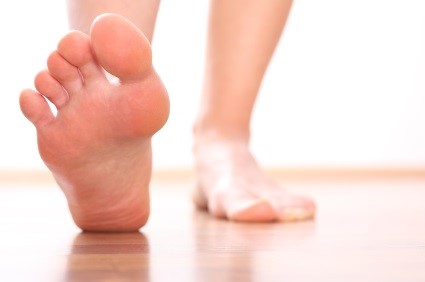Active Release Technique is a very popular myofascial release technique that is known for its effectiveness in treating muscular and soft-tissue injuries.
The purpose or goal of Active Release Therapy is to remove or “break up” scar tissue in stiff, over-used, injured muscles. The treatment is also designed to treat dysfunction in ligaments, tendons and their impact on other tissues like nerves, cartilage and fascia.
Some common conditions that can be relieved through Active Release Technique (ART) include neck pain, back pain, carpal tunnel syndrome, golfer’s elbow, tennis elbow, shin splints, plantar fasciitis, shoulder pain, sciatica, knee pain, and other overuse injuries.
If you are in the Burlington, Oakville, Hamilton and surrounding areas and are in need of Active Release Therapy, contact Burlington Sports Therapy today.

ACTIVE RELEASE TECHNIQUE BURLINGTON

Active Release Technique providers will guide you through slow, controlled movements that are specific for the tissue being treated. This movement is performed while the practitioner places a carefully directed tension in the tissue, thereby breaking up scar tissue or “adhesions” in the muscle. Most patients receiving Active Release Treatment notice an immediate difference in how the area feels; improved tissue, joint movement and range of motion are common feedback with myofascial release.
As with the Graston Technique, Active Release Technique has been granted a medical patent. It is a very structured form of myofascial release that is utilized by professional and Olympic athletes worldwide. In order to become an Active Release practitioner, each provider must complete extensive hands-on instruction and testing. A certified provider of Active Release Technique is trained to palpate and treat more than 300 muscular and fascial injuries in addition to over 100 nerve entrapments. Active Release Technique providers are required to maintain their qualifications as Active Release providers on a yearly basis.
Our clinic offers Active Release Technique in Burlington through Dr. Kevin McIntyre and Dr. Leslie McDowall. For more information about these practitioners please refer to our about us page, or if you live in the Burlington, Oakville, or Hamilton area, contact us to learn more about the Active Release Technique.
Whiplash Treatment (Lessons Learned from my Recent Fall)
By: Dr. Kevin McIntyre B.Kin., DC Any time that I get injured, I try to look at the bright side and [...]
Foot Pain
Plantar fasciitis has been the topic of several blog entries on our site. This is because it is common, it [...]
Double Crush Syndrome or Carpal Tunnel?
As mentioned in previous blogs, nerve compression can cause a number of different symptoms. Pins and needles, numbness, burning, weakness, [...]
I have been treated by Dr. Leslie McDowall over the past couple of years. Due to a trampoline accident of over twenty years ago, I have a fused neck and have suffered from constant neck and back pain. Through Dr. McDowall’s treatment process of using both Laser and A.R.T. therapy, I have gained back almost full mobility of my neck. My back is also much better allowing me to enjoy sports again that I thought I would have to give up. I strongly recommend her as a chiropractor and I am grateful for all she has done.
Let us help you reach your
full potential
Contact us today to book an appointment






